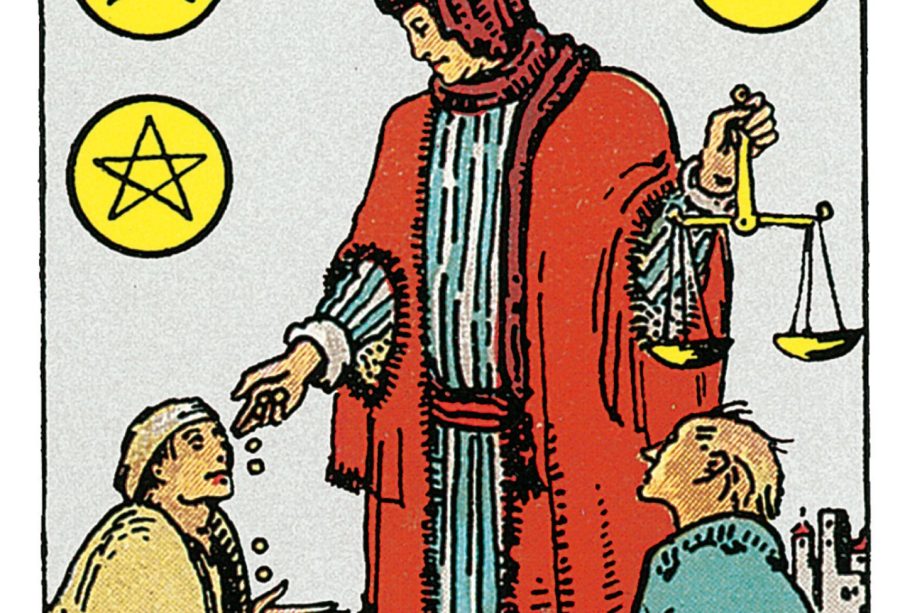The Importance and Benefits of Trot in Horse Riding

Introduction
The trot is one of the fundamental gaits in horse riding, sitting between the walk and the canter in terms of speed and energy expenditure. Understanding the trot is crucial for riders at all levels, as it can significantly enhance both the performance of the horse and the experience of the rider. With recent studies and competitions highlighting the effectiveness of proper trotting techniques, we explore the relevance of this gait in contemporary horsemanship.
The Mechanics of the Trot
The trot is a two-beat diagonal gait in which the horse moves its legs in pairs: the left foreleg and the right hind leg move together, followed by the right foreleg and the left hind leg. This rhythmic movement allows for both speed and fluidity, making it an essential component for various equestrian tasks, including dressage, show jumping, and eventing. A well-executed trot can showcase the horse’s athleticism and training while providing the rider with control and stability.
Training and Benefits of the Trot
Effective training in trot can lead to numerous benefits including:
- Improved Balance: The trot helps in developing the horse’s balance and coordination, which are vital for more advanced gaits.
- Strength and Endurance: Regular trotting encourages muscle development and cardiovascular fitness in horses.
- Rider Development: The trot challenges riders to maintain a proper position and rhythm, enhancing their skills.
- Increased Communication: Trot training enhances the horse and rider’s ability to communicate effectively through cues and body language.
Recent Events Highlighting the Importance of Trot
In recent equestrian competitions, including the Canadian Championships held this past summer, judges have increasingly emphasized the quality of transitions into and out of the trot as a significant factor in scoring. Riders have reported that focused training on advancing their trotting techniques has led to improved performances and higher scores. Additionally, equestrian clinics around the country are focusing on trot exercises to help both amateur and competitive riders refine their skills.
Conclusion
In summary, the trot is not just a simple movement in horse riding but a critical aspect that benefits both horse and rider. As more equestrians recognize the importance of this gait, it is anticipated that training methods will continue to evolve, ensuring that trot techniques are maintained at high standards. For riders looking to improve their skills and their horse’s performance, investing time in perfecting the trot is integral to successful horsemanship and can lead to better outcomes in various equestrian disciplines.


